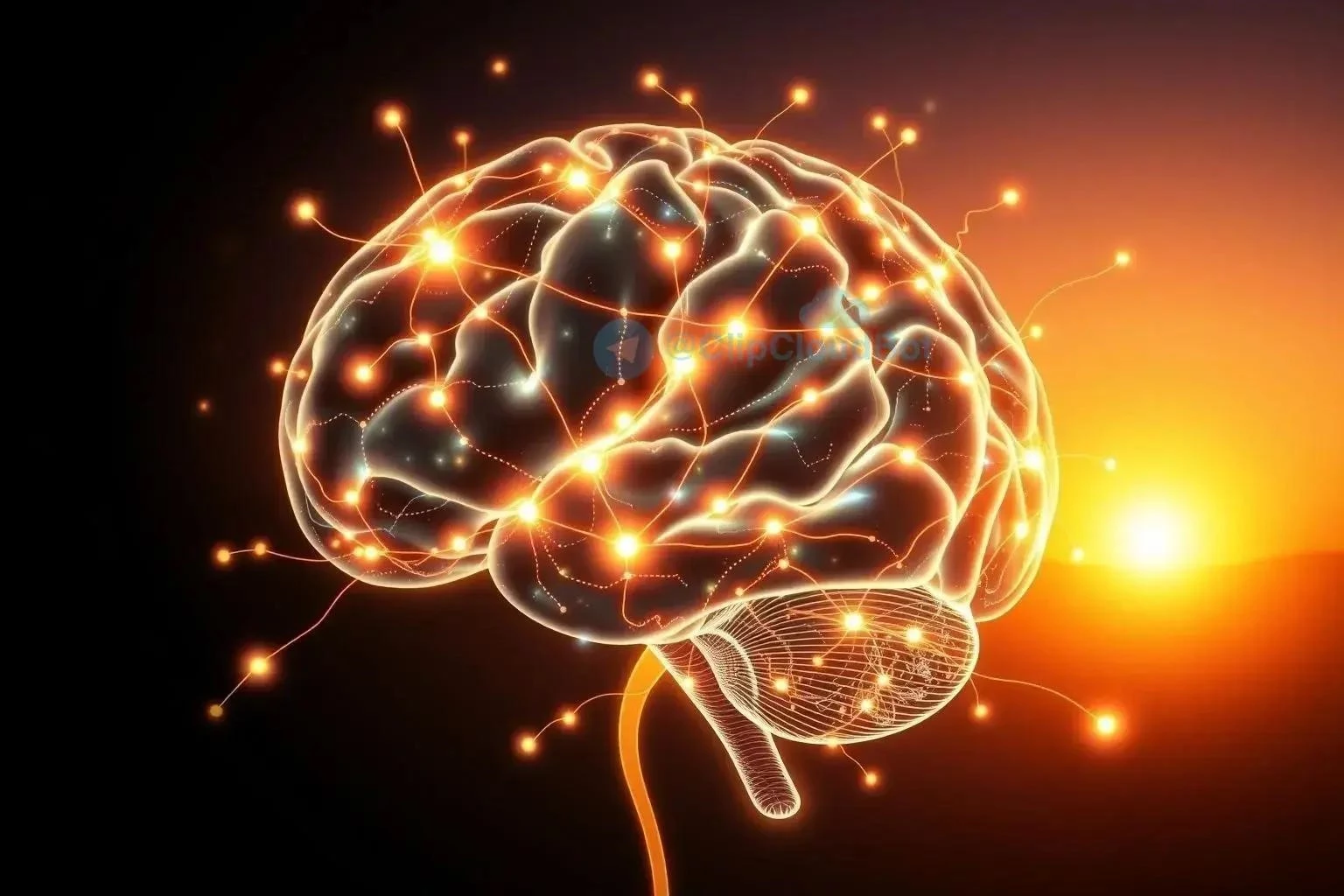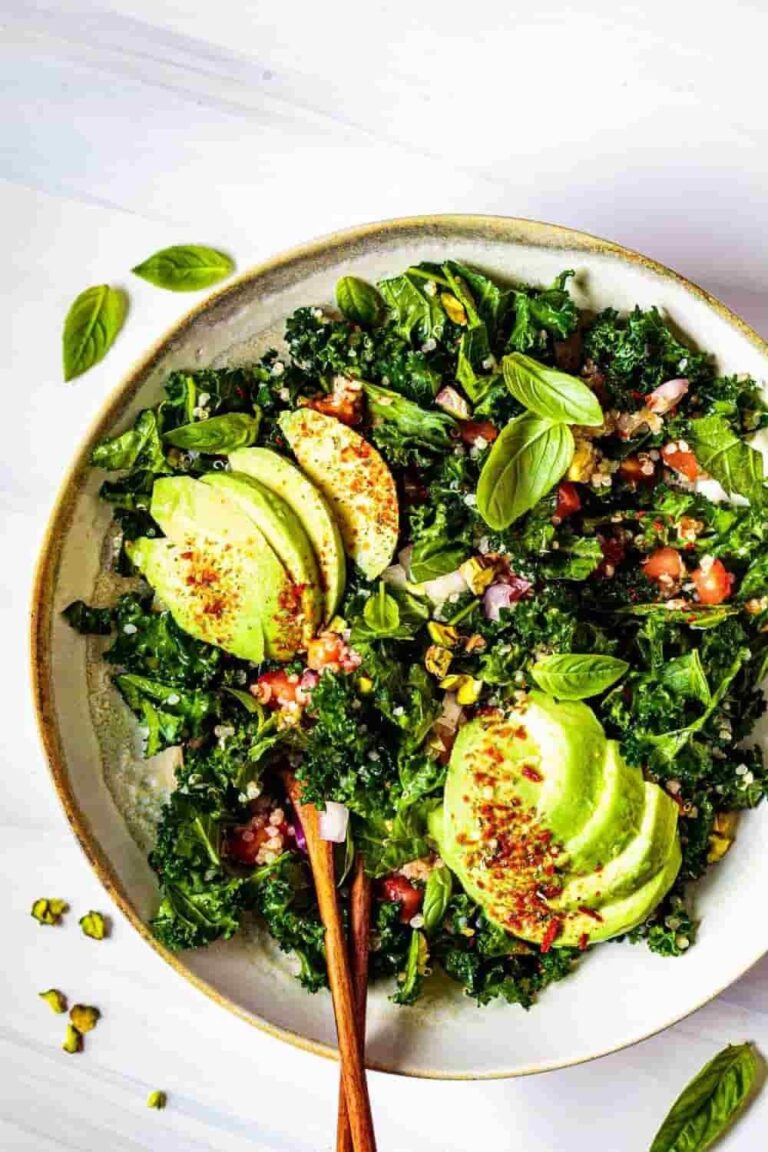Understanding Neuroplasticity and Its Potential
Neuroplasticity reveals the brain’s remarkable ability to reorganize itself by forming new neural connections throughout life. This means our brains are not fixed, but constantly adapting. By understanding this potential, we can consciously direct our brain’s changes towards improved well-being and cognitive function.
Habit 1: Cultivating Mindfulness and Meditation
Mindfulness and meditation practices serve as powerful tools for rewiring the brain towards happiness. Mindfulness involves paying purposeful attention to the present moment without judgment. This practice strengthens the prefrontal cortex, the brain region associated with self-awareness, emotional regulation, and focus. By consistently engaging in mindfulness, we can cultivate a greater sense of presence and reduce reactivity to stressful thoughts and emotions.
Meditation, a core component of mindfulness, further enhances neuroplasticity. Different forms of meditation, such as focused attention or loving-kindness meditation, target specific neural pathways. Focused attention meditation, for instance, strengthens the ability to concentrate and resist distractions by enhancing activity in the anterior cingulate cortex. Loving-kindness meditation cultivates feelings of compassion and connection, impacting brain regions associated with empathy and social bonding.
The consistent practice of mindfulness and meditation gradually reshapes the brain’s structure and function. Studies have shown increased gray matter density in areas associated with emotional regulation, learning, and memory in experienced meditators. This structural remodeling translates to tangible benefits in daily life, including reduced stress, improved focus, enhanced emotional resilience, and an overall greater sense of well-being.
Integrating mindfulness and meditation into your daily routine doesn’t require hours of dedicated practice. Even short, regular sessions can yield significant benefits. Start with a few minutes each day and gradually increase the duration as you become more comfortable. Numerous apps and online resources offer guided meditations for beginners, making it accessible to incorporate this powerful habit into your life.
Habit 2: Engaging in Focused Learning and Creative Activities
Engaging in focused learning and creative activities provides a potent stimulus for neuroplasticity, fostering the growth of new neural connections and strengthening existing ones. Learning new skills, acquiring knowledge, and exploring creative pursuits challenge the brain and promote its adaptability. This active engagement strengthens cognitive function, enhances memory, and boosts overall brain health.
Focused learning, whether it’s studying a new language, delving into a fascinating subject, or mastering a musical instrument, stimulates the hippocampus, a crucial brain region for learning and memory. This focused effort strengthens the connections between neurons, making it easier to retain and retrieve information. The process of learning also promotes the production of brain-derived neurotrophic factor (BDNF), a protein essential for neuron growth and survival.
Creative activities, such as painting, writing, playing music, or engaging in crafts, offer a unique avenue for neuroplasticity. These activities tap into different parts of the brain, enhancing cognitive flexibility and fostering innovative thinking. The act of creation strengthens connections between different brain regions, promoting communication and integration of information. This process can lead to enhanced problem-solving skills, improved emotional expression, and a greater sense of self-discovery.
Incorporating focused learning and creative activities into your routine doesn’t require drastic changes. Start by dedicating a small amount of time each day to a new skill or creative pursuit. Choose activities that genuinely interest you to maintain motivation and enjoyment. The key is consistent engagement, allowing your brain to adapt and grow over time. Embrace the joy of lifelong learning and creative exploration to unlock the full potential of your brain and cultivate a more fulfilling life.
Habit 3: Prioritizing Positive Social Connections and Gratitude
Nurturing positive social connections and practicing gratitude are essential habits for rewiring your brain for happiness. Strong social bonds and a grateful outlook profoundly impact brain structure and function, fostering emotional well-being and resilience. These habits strengthen neural pathways associated with empathy, compassion, and reward, leading to a more positive and fulfilling life experience.
Positive social connections provide a sense of belonging and support, reducing stress and promoting overall health. Interacting with loved ones releases oxytocin, a hormone that strengthens social bonds and reduces anxiety. These positive interactions stimulate the release of endorphins, natural mood boosters that contribute to feelings of happiness and well-being. Maintaining strong social connections strengthens the brain’s resilience to stress and promotes a sense of security.
Practicing gratitude cultivates a positive mindset by shifting focus towards the good in your life. Regularly expressing gratitude strengthens neural pathways associated with reward and positive emotions. This practice increases activity in the prefrontal cortex, enhancing emotional regulation and promoting feelings of contentment. Gratitude also reduces activity in the amygdala, the brain region associated with fear and stress, leading to greater emotional stability.
Cultivating positive social connections and gratitude can be integrated into your daily life through simple practices. Make time for meaningful interactions with loved ones, express appreciation for their presence in your life, and engage in acts of kindness. Start a gratitude journal, noting down things you are thankful for each day. These small but consistent actions can have a profound impact on your brain’s wiring, fostering a greater sense of happiness and connection.





